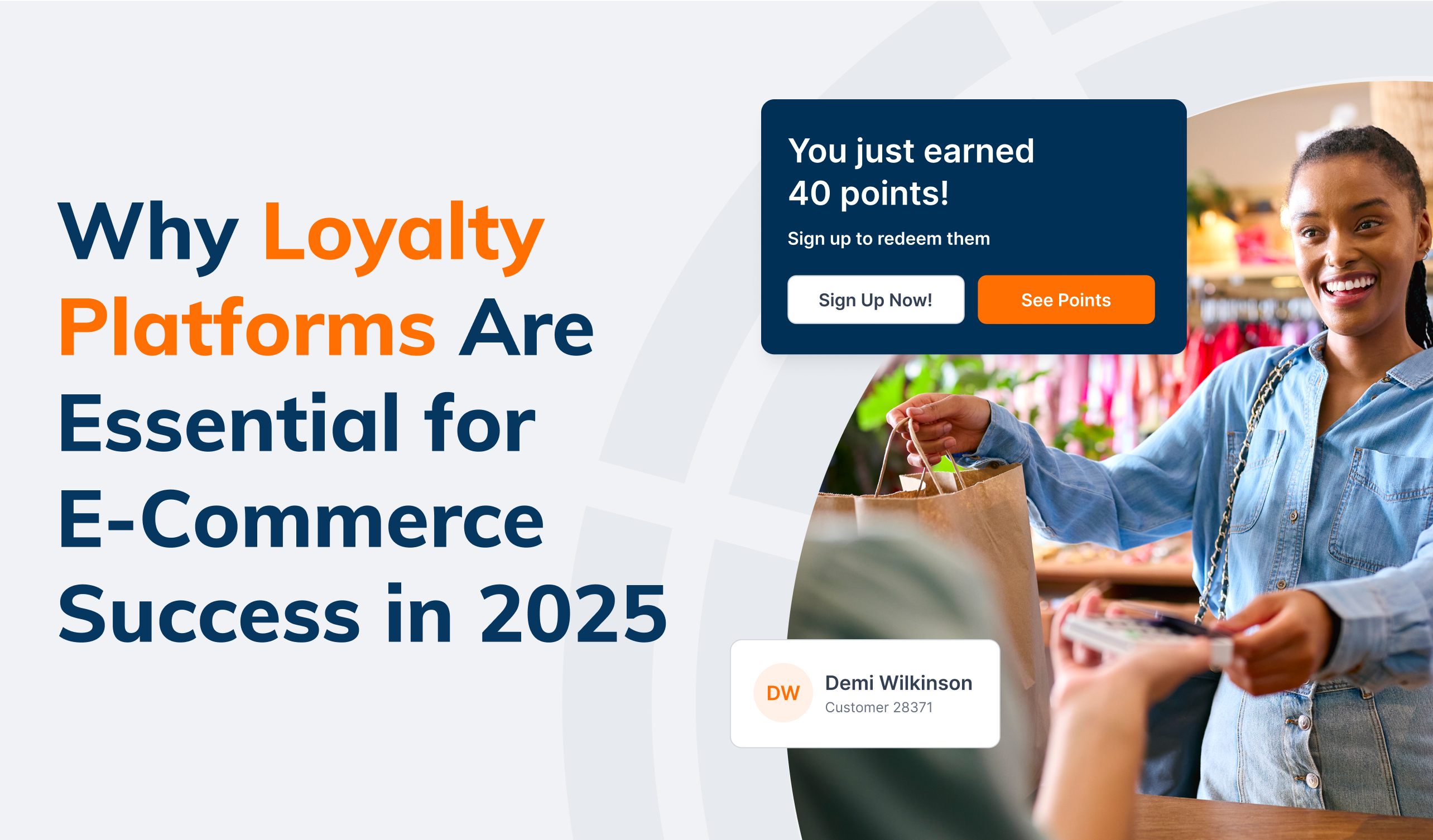Restaurant’s Secret Sauce: Data

Restaurant’s Secret Sauce: Data
In today’s world, it sometimes takes more than a perfect dining experience to bring a customer back in the door. With a plethora of dining options at their fingertips, restaurant-goers are becoming increasingly discerning. Tasty entrees and delightful drinks are no longer the sole recipe for success. In this landscape, what other tools do marketers have to not only entice customers but also ensure they return, creating a steady stream of revenue? The answer to this culinary conundrum is data.
Data is the secret sauce that can elevate a restaurant's marketing strategies to new heights. It goes beyond merely tracking transactions and delves into the realm of comprehensive customer insights. While the traditional approach might focus on what customers order, the data we’re talking about explores why they make those choices. It peers into the 'why' behind dining decisions, shedding light on individual preferences that might not be apparent on the surface. For instance, it reveals whether a customer consistently orders vegetarian dishes due to dietary preferences or because they are drawn to the unique flavors and culinary creativity these dishes offer.
Furthermore, data is not confined to the menu; it extends its reach to various customer touchpoints. It captures the nuances of customer interactions on social media, their reviews on platforms like Yelp and TripAdvisor, and even the ambiance they favor. With insights that extend past just basic transactional data, restaurants can construct in-depth customer profiles, gaining a holistic understanding of what causes guests to return over and over again.
Data's transformative potential doesn't stop at understanding individual preferences. It also paves the way for segmenting customers effectively. By categorizing customers based on their behavior, preferences, and social interactions, restaurants can create laser-focused marketing programs that feel tailor-made for each customer group. This segmentation enables restaurants to craft personalized marketing messages, promotions, and loyalty programs that resonate with individual customer segments. For example, a segment of customers who frequently share their dining experiences on social media can be targeted with special offers or experiences to encourage them to become brand advocates. Likewise, those who consistently order the same dish can receive personalized recommendations or be introduced to variations of that dish to keep their dining experiences fresh and exciting. These automated insights at the fingertips of a marketer are valuable tools in creating marketing campaigns that truly drive revenue, while optimizing profit margins.
Loyalty programs, supercharged by data-driven insights, can be fine-tuned to reward particular behaviors. For instance, a restaurant can identify and incentivize social media influencers by offering them exclusive benefits in exchange for sharing their experiences online.
In the culinary world, data is the secret ingredient for marketing success. It unveils deep customer insights, enables targeted segmentation, and maximizes the impact of loyalty programs and intelligent offers. Restaurants that embrace data don't just bring guests back through the door; they ensure that customers return time and again, driving revenue and long-term success.



